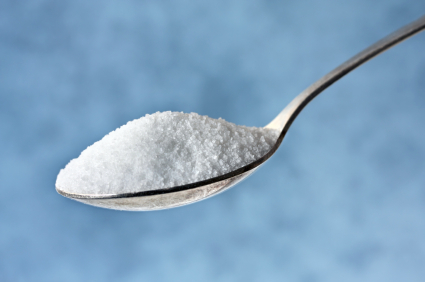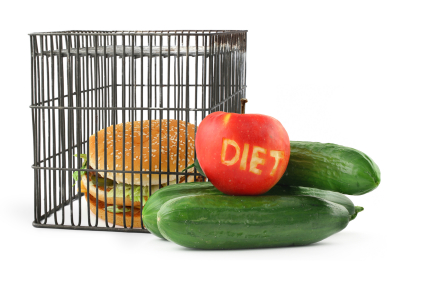Now that a week of science at Experimental Biology 2013 has ended, I’ve taken a look around to see what others found that I may have missed while I was in Boston. Again, as mentioned in my preview of the conference, the American Society for Nutrition’s Scientific Sessions alone had more than 1,900 abstracts and dozens of symposia this year. It was the largest to date!
Fortunately, there were other writers at the conference who were able to catch a few of the other sessions. Below is a roundup of blog posts and other coverage that I found from other meeting bloggers and through connections from Twitter. Continue reading “Roundup of EB2013 highlights from bloggers (and others)”










